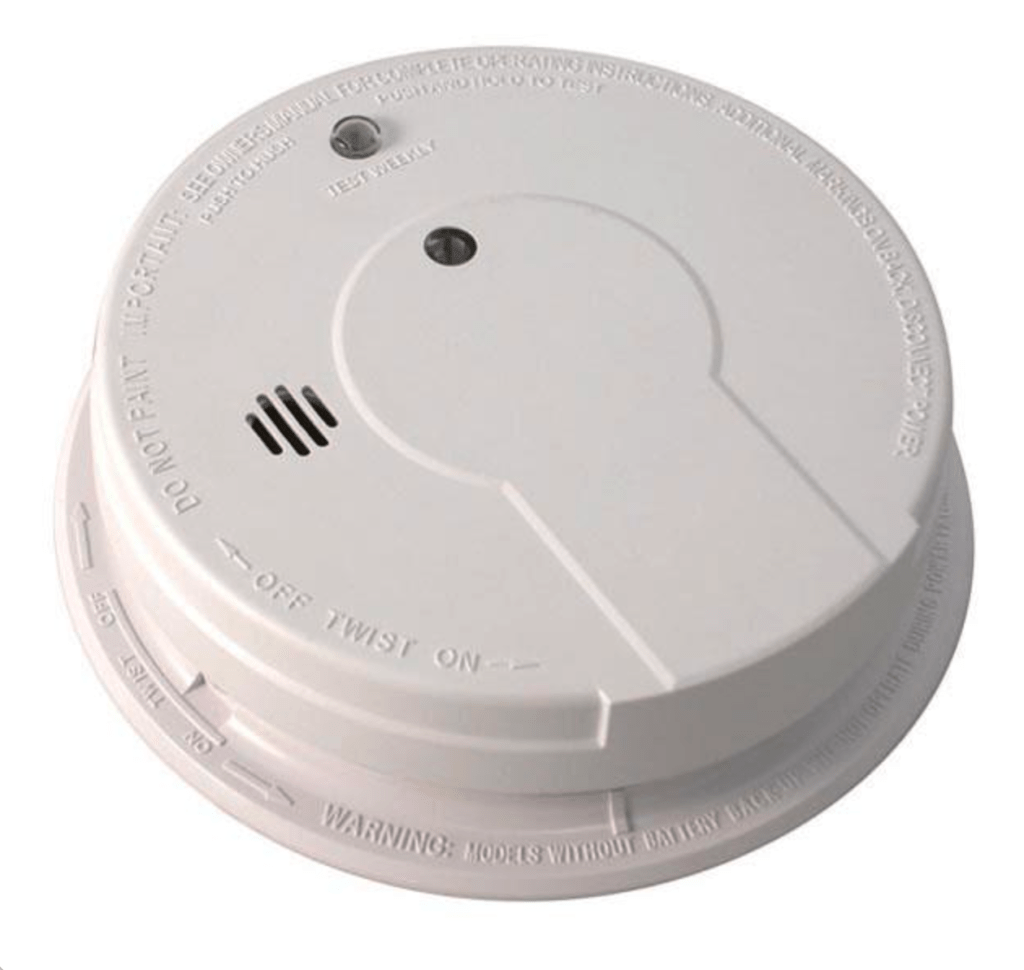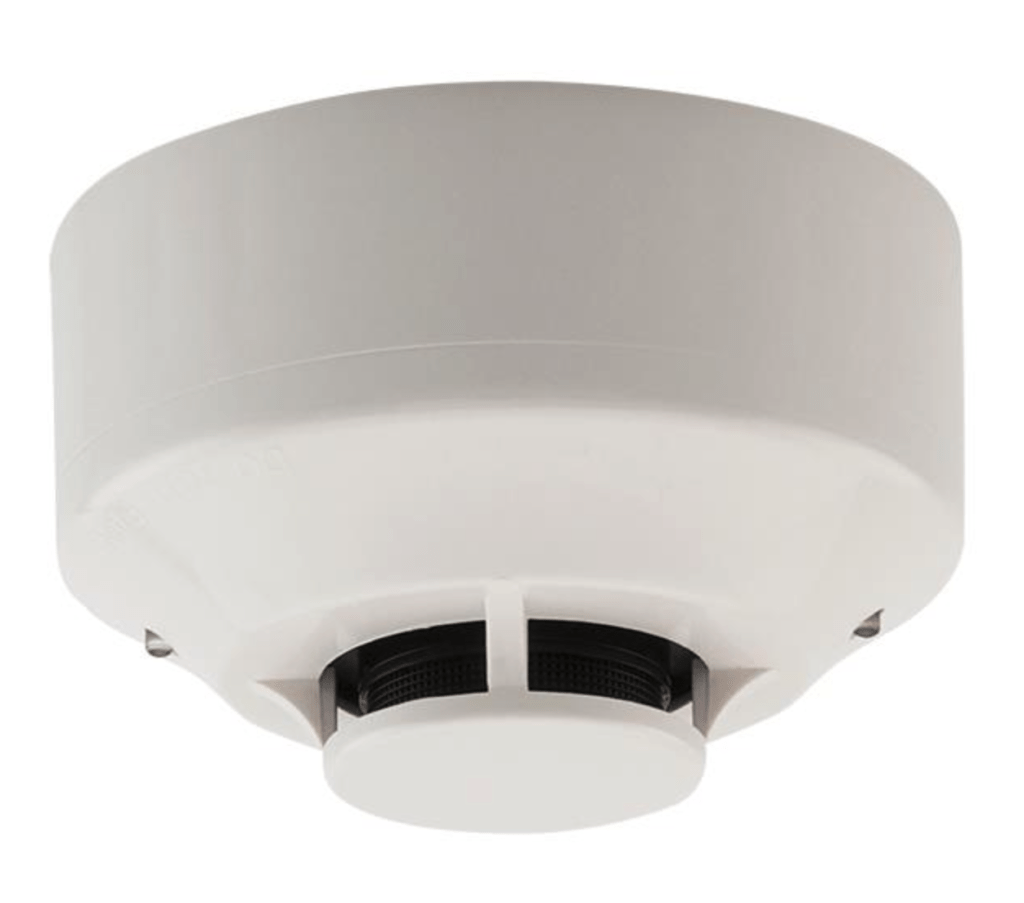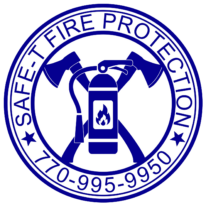Smoke Detectors Near Buford, GA
Smoke detectors are an important part of fire safety in homes and businesses. In times of an emergency, wireless smoke detectors are the first defense against danger. In instances where certain types of fires arise, such as smoldering fires, it’s possible for them to spread quickly before being detected. Smoke detectors will note the change in the atmosphere and signal an alarm to go off, alerting people to the fire.
If you’re a business owner or homeowner, there are certain requirements about the commercial smoke detectors that need to be present in the building. Depending on the type of smoke detector you have, it will need to be well-maintained to ensure it’s functioning properly and ready to work in times of an emergency.
CALL US 770-995-9950



Types of Smoke Detectors
Ionization: Ionization alarms are most responsive to flaming fires with aggressive flames. They are built with a small amount of radioactive material, which exists between two electrically charged plates. This ionizes the air and creates a current between the plates. When smoke enters this chamber, it disrupts the ions, which then activates the alarm.
Photoelectric: Photoelectric alarms are most effective against smoldering fires. These types of fires fill the room with dangerous fumes before progressing into large flames. Photoelectric alarms are better at early detection, which is critical with smoldering fires. These alarms aim at a light source into a sensing chamber located at an angle. When smoke enters this chamber, it will reflect light onto the sensor, which then triggers the alarm.
Residential and commercial fires can include both smoldering and flaming fires. It’s impossible to predict the type of fire that will occur, which is why the NFPA recommends the use of both types of smoke alarms. There are also combination alarms available, which use both ionization and photoelectric technology.
Consider Power Supply
Battery-Powered Smoke Detectors: A lot of commercial smoke detectors are battery-powered, which requires little energy. Batteries shouldn’t need to be replaced often and these smoke detectors won’t require much maintenance. It’s important that when the batteries do run out of juice, you replace them right away. It can be easy to forget to do this, but you don’t want to be caught in a fire without a functioning smoke detector.

Smoke Detectors Hardwired: Smoke detectors hardwired are wired directly into the building’s electrical system. This method is more reliable than battery-powered detectors and requires even less maintenance. A hardwired smoke detector will still require batteries, but not for the main power source, rather the emergency backup.

Tips For Smoke Detector Maintenance
- Smoke detectors need to be maintained according to the manufacturer.
- They should be tested at least once a month to ensure they’re properly functioning.
- It’s critical that everyone in the building understands the sound of the smoke alarm.
- Keep the detectors clean to ensure they work well.
- If you have a 10-year battery-powered smoke detector that begins chirping, replace the entire smoke alarm. If you have a different type of battery-powered detector, it will need a new battery at least once a year.
- When you hear smoke detector beeping, the battery needs to be replaced right away.
- If you need to replace a smoke detector battery, follow the manufacturer’s instructions.
Where Do Smoke Detectors Need To Be Installed?
According to the NFPA, smoke detectors need to be installed:
- Inside each bedroom
- Outside each sleeping area
- On every level of the home, including the basement
- On levels without bedrooms, alarms need to be installed in the living room or near the stairway to the upper level
- Smoke alarms in the basement should be installed on the ceiling at the bottom of the stairs
- Smoke alarms must be installed at least 10 feet from cooking appliances
- Smoke alarms should be installed high on walls or ceilings
- Wall-mounted alarms should be installed not more than 12 inches away from the ceiling
- If you have pitched ceilings, install the alarm within 3 feet of the peak
- Don’t install detectors near windows, doors, or ducts where drafts may interfere
- Never paint smoke alarms
- Interconnect all smoke alarms in the building
Offering Smoke Detector Services Near You
Safe-T Fire Protection offers the best smoke detector services near you! If you need smoke detectors installed at your business or home, our team is well-trained in providing safe smoke detector installation. We also offer smoke detector maintenance, where we’ll ensure your smoke detectors are properly functioning.

